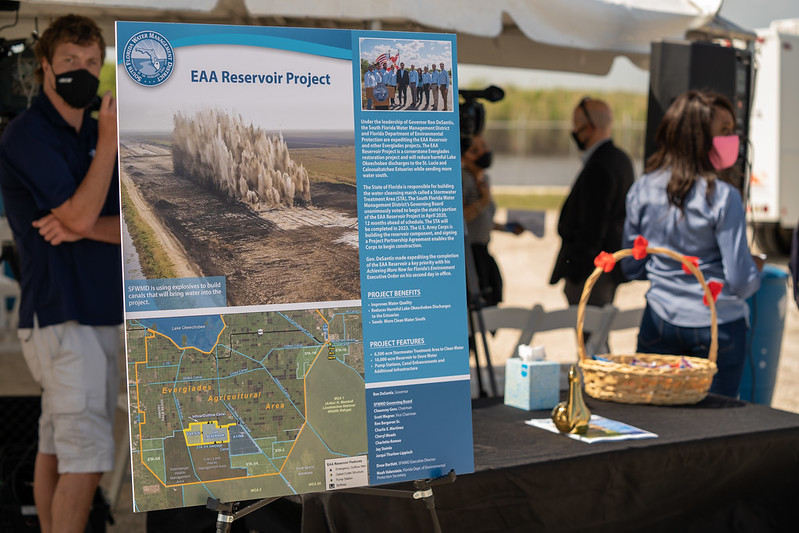On September 12, ELC Filed an Amicus Curiae (or “Friend of the Court”) Brief in the Sugar Industry’s legal challenge to the Everglades Agricultural Area (“EAA”) Reservoir and Stormwater Treatment Area (“STA”) on behalf of seven organizations – Sanibel Captiva Conservation Foundation, Sanibel Captiva Islands Chamber of Commerce, The Florida Keys Fishing Guides Association, the Islamorada Chamber of Commerce, Captains for Clean Water, The Everglades Foundation, and Florida Bay Forever. The brief supported arguments made by the United States Army Corps of Engineers rejecting the Sugar Industry’s challenge. ELC officially filed the brief after the Southern District Court of Florida granted the amicus groups’ September 6 motion asking for permission to file the brief on September 12.
In this case, the Sugar Industry Plaintiffs seek to interpret a portion of the Water Resources Development Act of 2000 known as the “Savings Clause” to mean that the EAA Reservoir and STA must be operated to “make up” water lost to agricultural interests as a result of the 2008 Lake Okeechobee Regulation Schedule (“LORS 2008”). Sugar Industry Plaintiffs also argue more broadly that any operational changes to the Central and Southern Florida Project (“C&SF Project”) must comply with the Savings Clause and hold agricultural water supply constant at December 2000 levels, regardless of whether the operational changes are part of the Comprehensive Everglades Restoration Plan (“CERP”) or are intended to implement CERP Projects.
Our brief argued that the Savings Clause was not intended to serve as an insurance policy for water users, protecting them from unidentified future harm. Rather, its purpose was to ensure that the implementation of CERP itself – and its 68 identified projects designed to make more water available for the environment – would not transfer existing water supplies away from water users or the environment until CERP projects made new sources available. We further explained that Plaintiffs’ interpretation would hamstring the Corps’ ability both to engage in maintenance of its aging infrastructure and to effectively implement CERP, the 22 year old plan to restore America’s Everglades.
The amicus organizations advocate for and have members who use, enjoy and depend on a healthy Everglades, Florida Keys, Caloosahatchee and St. Lucie estuaries, and Lake Okeechobee. Their interest in this case is to ensure that CERP is implemented to restore, preserve, and protect America’s Everglades and to safeguard the Corps’ ability to effectively manage its infrastructure throughout south Florida for the protection of fish, wildlife and Everglades National Park.
The parties will file additional legal documents over the next two months, after which the Court will likely hear oral arguments about the case before issuing a decision.


